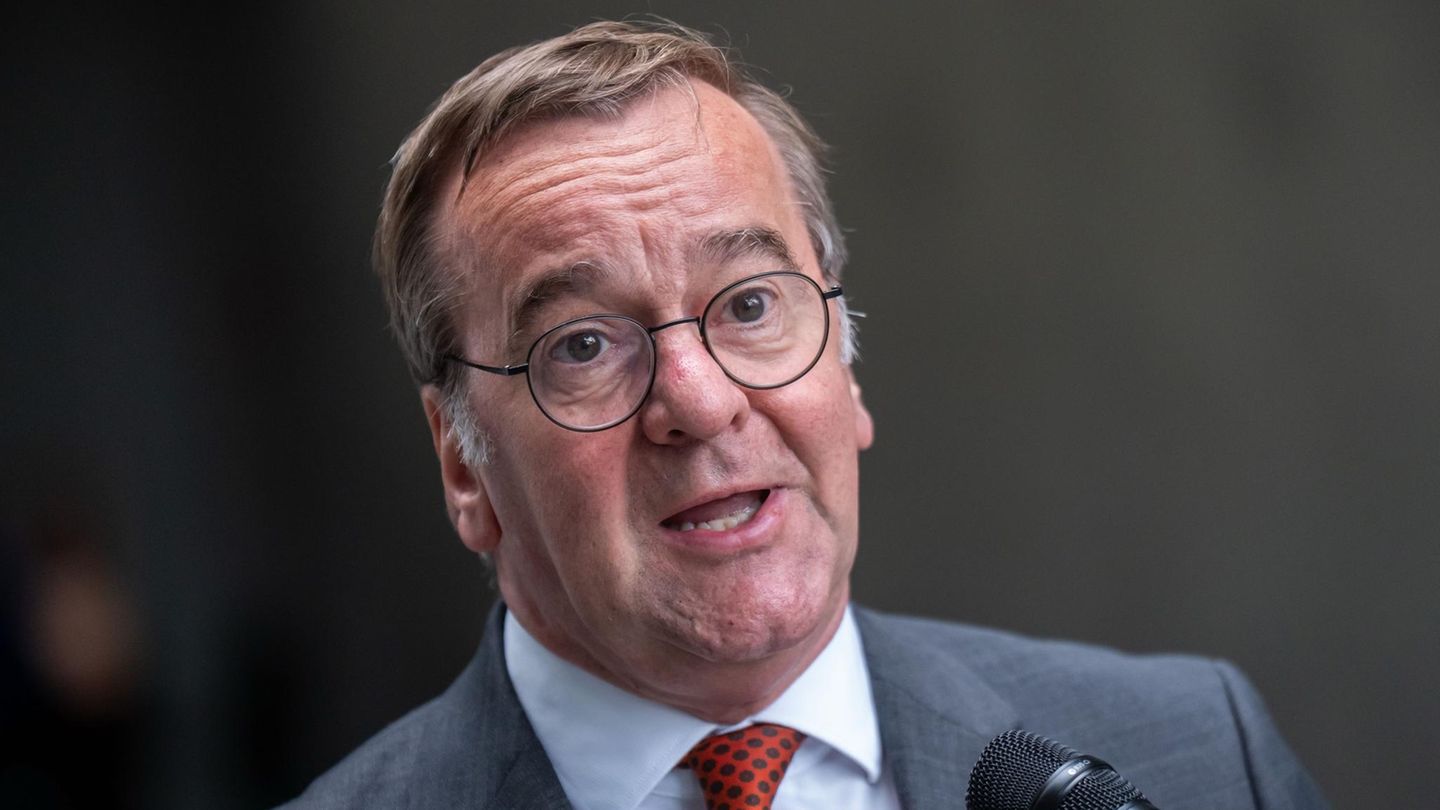With six challengers, the ballot is longer than ever. The result (without postal voting) can be expected from around 8 p.m., the first projections will be available shortly after 5 p.m.
Van der Bellen’s competitors are all male – and only one of them was nominated by a parliamentary party: the FPÖ sent Ombudsman Walter Rosenkranz into the race for the Hofburg. Like the other candidates, his goal is to make it into the runoff. According to polls, the liberal candidate is still the closest to this goal. In addition to Rosencrantz, there are (in alphabetical order) independent candidates and representatives of smaller parties on the ballot: MFG boss Michael Brunner, ex-FPÖ/BZÖ politician Gerald Grosz, shoe manufacturer Heinrich Staudinger, lawyer and ex-“Krone” columnist Tassilo Wallentin and the founder of the Beer Party and punk rock singer Dominik Wlazny are hoping for the favor of the voters.
According to polls, Van der Bellen should close the sack as early as Sunday – the most recent polls certify the incumbent between 51 and 59 percent of the votes. If, contrary to expectations, Van der Bellen does not achieve the absolute majority of the votes on Sunday, that would be a novelty: in the past, incumbent presidents were always able to win more votes when they took office again than when they first took office. Thomas Klestil achieved the smallest increase to date in 1998: with an increase of 116,028 voters (4.6 percent of the votes when he first took office), he was nevertheless able to expand his result from 56.9 percent in 1992 to 63.4 percent.
Van der Bellen goes into his second choice with 53.79 percent
Van der Bellen goes into his second election with 53.79 percent – with this result he finally prevailed in the Hofburg marathon in December 2016 against FPÖ candidate Norbert Hofer (46.21 percent). At that time, the FPÖ had successfully challenged the first runoff election in May at the Constitutional Court, which was repeated on December 4, 2016 (after being postponed due to incorrect voting cards). In the first ballot on April 24, 2016, Van der Bellen was second with 21.34 percent behind Hofer (35.05 percent). The independent candidate Irmgard Griss got 18.94 percent. The candidates from the SPÖ and ÖVP performed worse than ever before: the red candidate Rudolf Hundstorfer only got 11.28 percent, Andreas Khol, who was nominated by the People’s Party, only 11.12 percent. At that time master builder Richard Lugner brought in 2.26 percent.
A total of 6,363,489 Austrians are eligible to vote on election Sunday. The first polling stations open at 6 a.m., most between 7 a.m. and 8 a.m. The polling deadline is different: While in Vienna and Innsbruck (and this year also in the two Lower Austrian municipalities of Rohrendorf near Krems and Wolfsgraben) you can vote until 5 p.m., the polling stations in Vorarlberg close at 1 p.m. – and in all other federal states at the latest at 4 p.m Watch.
Source: Nachrichten




